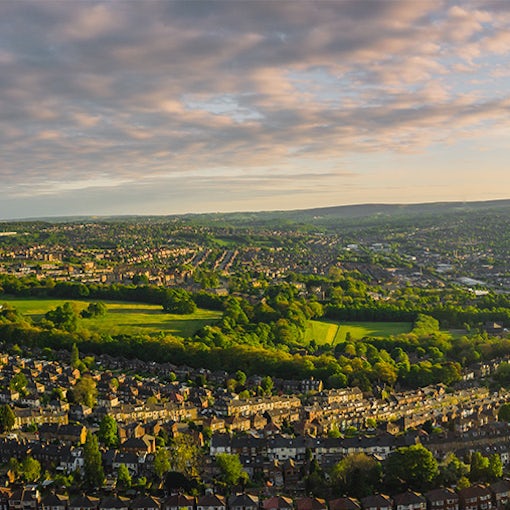As homeowners, we all understand that maintenance is key to preserving and enhancing the value of our properties. One such upkeep task that often gets overlooked is painting the exterior of the house. Not only does a fresh coat of paint improve your home’s aesthetic appeal, but it also offers a vital layer of protection against the elements. In this blog, we will share professional tips and advice on painting the outside of your house.

Understanding the Importance of Preparation
Before you begin, preparation is crucial. Ensure your exterior walls are clean, dry, and free from any peeling or flaking paint. This might involve power washing the walls or scraping away old paint. Cracks and holes should be filled and smoothed over with appropriate filler for the best results.
Choosing the Right Paint
When it comes to choosing paint, it’s essential to select the correct type for the material of your home.
- For wood: Acrylic latex paint is a popular choice because it’s flexible, allowing it to expand and contract with the wood during changes in temperature and humidity. This means less cracking and peeling over time.
- For metal: Oil-based or acrylic latex paints work well for metal surfaces. These provide durability and rust prevention, key for metal exteriors.
- For brick: Masonry paint is designed to be highly permeable, allowing moisture to escape from the brick while still offering protection from the weather.
- For stippled areas: Textured masonry paint is the best bet here, as it will adhere well to rough surfaces and maintain the character of your home.
Remember to consider the finish of your paint as well. Gloss, satin, and matte finishes each have their place and can greatly impact the final appearance of your project.
Protecting Other Aspects of Your Home
While painting, it’s important to protect other aspects of your home to prevent damage. Windows and doors should be carefully covered with painter’s tape and plastic sheeting. Similarly, any light fixtures, security cameras or external outlets should be well-protected.
How to Paint: Technique Matters
Once you’re ready to paint, using the right technique can make a world of difference. Start from the top of the house and work your way down. This allows you to catch any drips that may occur, resulting in a smoother finish.
Brushes, rollers, or paint sprayers can all be used depending on the job at hand. For large, flat surfaces, paint rollers or sprayers can save a significant amount of time. However, for smaller, more intricate areas, a brush may be necessary.
The first coat of paint should be applied thinly, allowing for a more even second coat. Be sure to allow ample drying time between coats to achieve the best finish.
Painting the exterior of your house may seem like a daunting task, but with the right tools, materials, and techniques, you can breathe new life into your home. Not only will it look fantastic, but you’ll be providing essential protection from the elements, helping to maintain the value of your property for years to come.
Please remember, if you don’t feel comfortable undertaking a large-scale painting project, it’s always wise to consult with professionals. The right expertise can ensure your home’s exterior is painted to the highest standards, all the while saving you time and stress.
Enjoy your new-look home!






